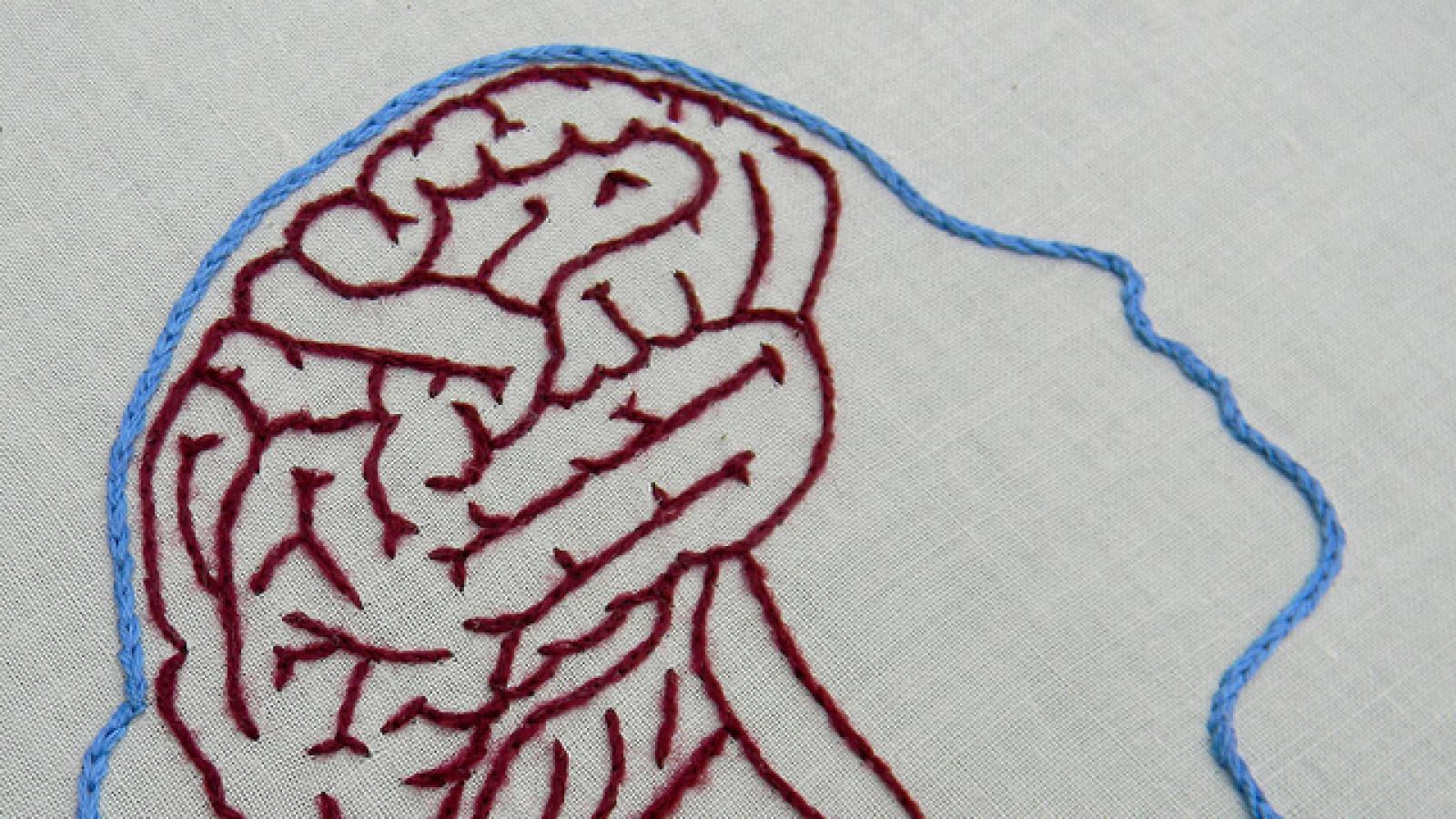Taking Note: Why Arts Managers Should Care About the Future of the Social Sciences

In discussions of STEM education and policy, there is a group that has routinely felt excluded—a group that has taken pains to articulate its contributions to job growth, economic competitiveness, and individual and societal health.
Hang on—this isn’t yet another blog post about STEAM (Science, Technology, Engineering, and Mathematics + the Arts). I’m talking about the behavioral and social sciences. But start naming some disciplines in this sector, and you’ll grasp at once its significance for how cultural organizations have grown accustomed to perceiving and communicating the value of their work. Consisting of fields as varied as psychology, economics, sociology, anthropology, and demography—and their attendant methodologies—the behavioral and social sciences are the lifeblood of arts-related research.
Think of any notable study that has affected arts policy and practice in the last several decades, and you’ll find a social science at root. Population surveys, economic impact analyses, case studies for program evaluations—each has involved academic researchers or corporate consultants trained in one or more of the disciplines named above.
What accounts for our reliance on social science research questions and techniques? In contrast to disciplines that have been tagged, unhelpfully, as the “hard” sciences (e.g., molecular and cellular biology, chemistry, physics, engineering), the social sciences deal in empirical observations of how people relate to one another and to environmental and cultural factors. Put another way, the behavioral and social sciences are all about what it means to be human.
That characterization should be enough to conjure fellow feeling between artists and social scientists, but note also that the National Institutes of Health’s (NIH) Office of Behavioral & Social Sciences (OBSSR) has found a shared space with the arts. OBSSR is one of 19 federal entities with staff serving on the NEA’s Interagency Task Force on the Arts and Human Development. In one of the Task Force’s first public webinars, OBSSR advertised for a new funding opportunity to support “basic research on the social and behavioral aspects of culture, health, and well-being.”
In conjunction with those grant awards, OBSSR has produced a handbook titled “The Cultural Framework for Health: An Integrative Approach for Research and Program Design and Evaluation.”
“Most researchers, evaluators, providers and consumers agree that culture influences our attitudes, beliefs, thoughts and behaviors; including those that relate to our own health,” OBBSR states on its website. “However, that is where the agreement ends. Everyone has an individual definition of culture. This is not surprising, as all human beings contribute to and experience culture in their own way,” OBSSR concludes, with a dash of Anna Karenina. And yet, despite the complexity of the construct, biomedical researchers often use race/ethnicity as a crude proxy measure for culture.
In medical training, there is growing recognition that cultural norms, personal preferences, and lifestyles are critical factors in effective care. Nowhere is the message clearer than in the 2015 Medical College Admission Test (MCAT), which debuted a new section on the behavioral and social sciences. As these factors gain more institutional focus in healthcare, you can bet that arts and cultural practice will figure in the story.
And yet, besides the shared history already mentioned—the quest to make meaning, the cliché of being “soft,” a continual need to justify funding—the arts and the social sciences have other reasons to find common cause. Future growth for both sectors will depend on their rapid ability to engage with other disciplines entirely, other communities of practice. Already both the social sciences and the arts have earned a reputation for fluid movement across silos (in the case of the arts, adhering to health, STEM education, and urban or rural development; in the social sciences, bleeding into neuroscience, information technology, and national security).
The likelihood—or rather the necessity of—more hybridization between the social sciences and other domains was borne upon me last week. I attended an OBSSR event, “Define Your Career in Behavioral and Social Science,” timed to coincide with the NIH office’s 20th anniversary. There, I spoke about the importance of the behavioral and social sciences workforce to arts and cultural research and policy.
As other presentations attested throughout the day, doctoral and postdoctoral training of these scientists would benefit from greater immersion in non-academic subject areas and job settings. Arts managers everywhere: maybe now’s the time to consider a paid internship or fellowship for these workers in your organizations.




